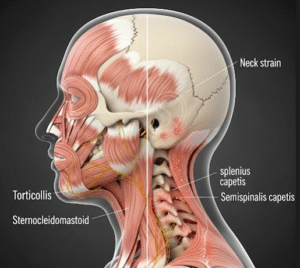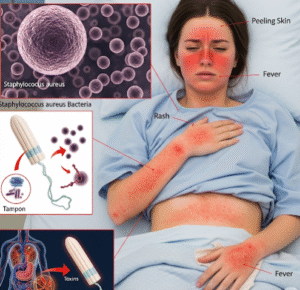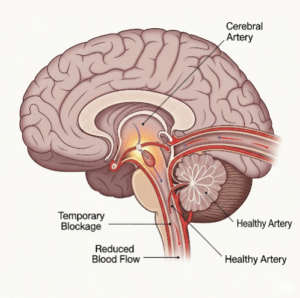Overview
Systemic Tuberculosis (TB) is a severe form of tuberculosis infection that affects multiple organs or systems beyond the lungs. Unlike pulmonary TB, systemic TB can involve lymph nodes, bones, kidneys, the central nervous system, and other tissues. It requires prompt diagnosis and comprehensive treatment to prevent serious complications and mortality.
What is Systemic Tuberculosis?
Systemic tuberculosis occurs when Mycobacterium tuberculosis spreads from the lungs to other parts of the body through the bloodstream or lymphatic system. This dissemination leads to extrapulmonary TB manifestations, which may occur alone or alongside pulmonary TB. It is more common in immunocompromised individuals but can affect healthy persons as well.
Symptoms
Symptoms vary depending on the organs involved but may include:
- Fever, night sweats, and weight loss
- Swollen lymph nodes
- Bone pain or swelling (skeletal TB)
- Persistent cough or hemoptysis if lungs involved
- Neurological symptoms such as headache or confusion (TB meningitis)
- Abdominal pain or ascites (TB peritonitis)
- Urinary symptoms if kidneys are affected
Causes
- Infection by Mycobacterium tuberculosis bacteria
- Reactivation of latent TB infection
- Spread from primary pulmonary TB to other organs
Risk Factors
- Immunocompromised states (HIV/AIDS, diabetes, cancer)
- Malnutrition
- Close contact with TB-infected individuals
- Previous history of TB
- Living in or traveling to high TB prevalence areas
Complications
- Organ damage and failure depending on involvement
- Meningitis leading to neurological deficits or death
- Chronic pain and disability from skeletal TB
- Spread of infection leading to sepsis
- Drug-resistant TB strains complicating treatment
Prevention
- BCG vaccination (common in Korea)
- Early detection and treatment of latent TB
- Infection control measures in healthcare and community settings
- Screening high-risk populations
Treatment Options in Korea
South Korea has advanced programs for the diagnosis and treatment of systemic tuberculosis, with nationwide efforts to control TB.
Diagnosis
- Tuberculin skin test (Mantoux test) and Interferon-Gamma Release Assays (IGRA)
- Chest X-rays and organ-specific imaging (MRI, CT)
- Microbiological cultures and PCR testing of affected tissue or fluids
- Biopsy for histopathological confirmation
Treatment Approaches
- Anti-Tuberculosis Medications
- Standard combination therapy including isoniazid, rifampin, ethambutol, and pyrazinamide for 6-12 months depending on severity and organ involvement
- Extended therapy duration for central nervous system or skeletal TB
- Supportive Care
- Nutritional support and management of symptoms
- Treatment of complications like abscesses or neurological deficits
- Monitoring and Follow-Up
- Regular assessment of treatment response and side effects
- Drug susceptibility testing for resistant strains













